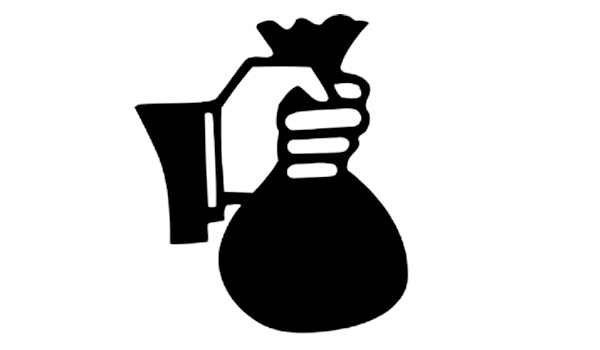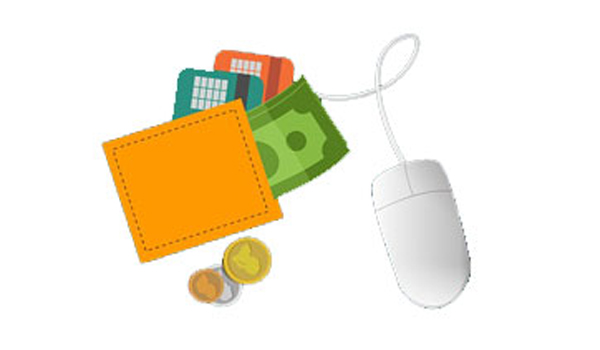Digital Banking
Digital banking refers to the use of digital technology to perform banking-related tasks.
Updated: December 6, 2023

Digital banking refers to the use of digital technology to perform banking-related tasks. These services are offered by many banks through their website, a mobile app, or both.
Digital banking is used by many people now a days to access their accounts and complete banking from anywhere. Transferring money, depositing, and applying for a new credit card are some activities related to it.
Customer interactions are facilitated by digital banking platforms which allow banks to offer digital financial products to a wider range of clients. Digital banking platforms are used by banks to offer digital banking services across multiple channels while providing excellent customer service.
Internet connection and a device to access these services are the only two things a customer needs to perform digital banking. Access and review bank statements, make online bill payments, open a new savings account and transfer funds are some common examples of digital banking services used by customers.
Mobile wallets, Mobile payment apps, Digital payment plans and QR code payments are some of the typical types of digital banking payments. Ability to access accounts 24/7, real-time monitoring capabilities and financial planning features and robust security precautions are benefits offered to individuals, businesses, and financial institutions by digital banking.
Types of digital banking payments
- Online Banking Transfers
- Mobile Banking Payments
- Digital Wallet Payments
- Peer-to-Peer (P2P) Transfers
- Contactless Card Payments
- QR Code Payments
- Mobile Point-of-Sale (mPOS) Payments
- Online Bill Payments
- Prepaid Card Transactions
- Cryptocurrency Transactions



